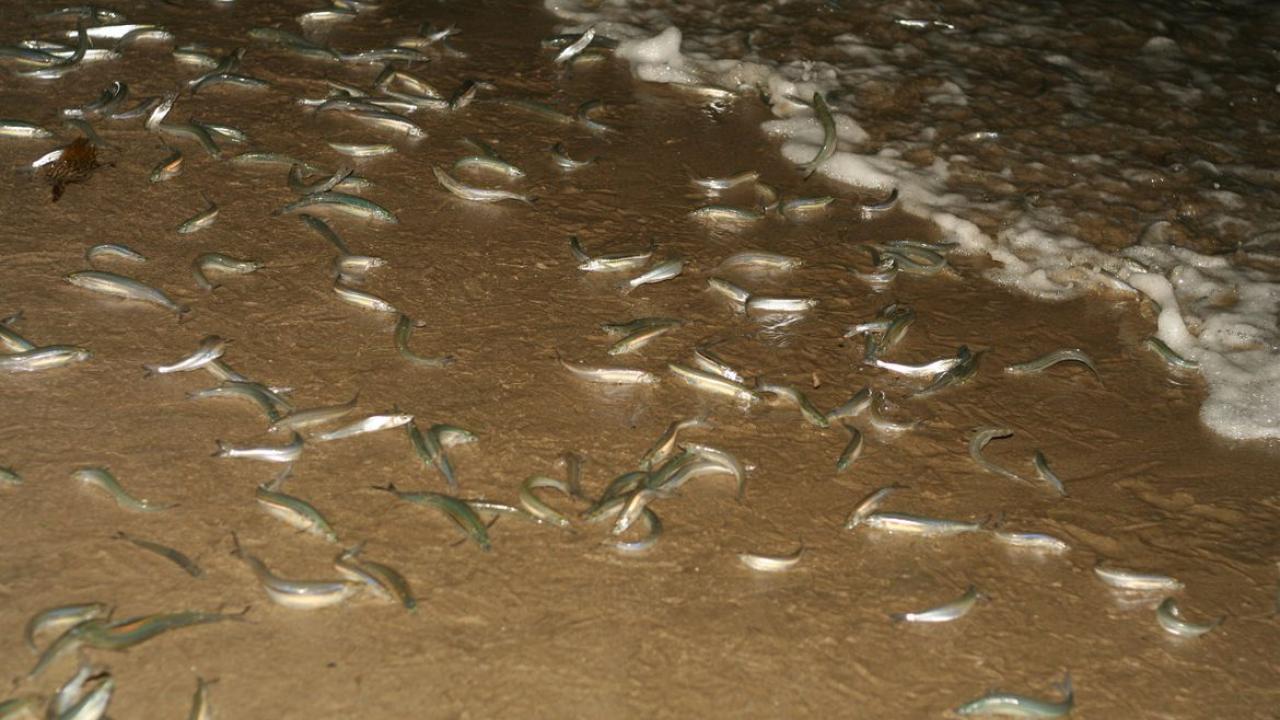A new UCLA-led study has, for the first time, quantified the amount of light which leads to detrimental effects on two coastal species: the Western snowy plover, a small shorebird, and the California grunion, a fish. Led by the UCLA Institute of the Environment and Sustainability’s Ariel Levi Simons and Travis Longcore, and co-written by Karen Martin of Pepperdine, the research focuses on these two species due to their sensitivity to environmental stressors and their role in indicating ecosystem health.
The data for this research relied on satellite images and ground-based measurements to map light pollution along a 0.9 mile-wide strip of coast. Spanning from 6.2 miles north of the northern Ventura County line to 6.2 miles south of the southern Orange County line, the light-map was then combined with citizen-science data which tracked plover and grunion locations.
Results showed the importance of light pollution levels upon the plovers and grunions. For grunions, light pollution levels were the most important factor in predicting where the species would lay its eggs. In regard to plovers, light was the second most important factor in predicting roosting locations — this came after beach width.
These findings are critical to conservation efforts, as environmental scientists have long suggested controlling light pollution. Previously, however, the safety of differing brightness levels has been difficult to determine. Simons, Longcore and Martin have now made the first breakthrough in resolving this limitation.
Learn more about the study at UCLA Newsroom.
Study Authors:
Ariel Levi Simons, UCLA Institute of the Environment and Sustainability
Travis Longcore, UCLA Institute of the Environment and Sustainability
Karen L. M. Martin, Pepperdine Natural Science Division
Image Source: annannamouse/Flickr





